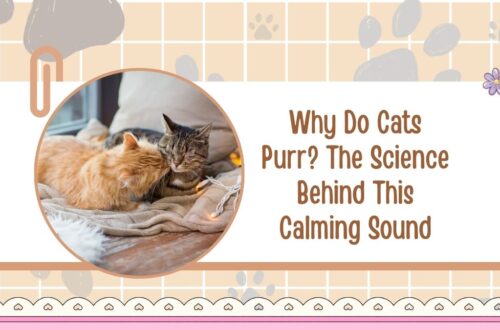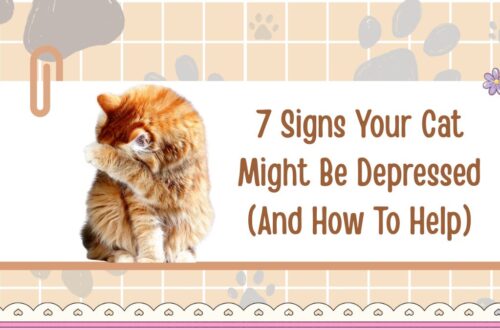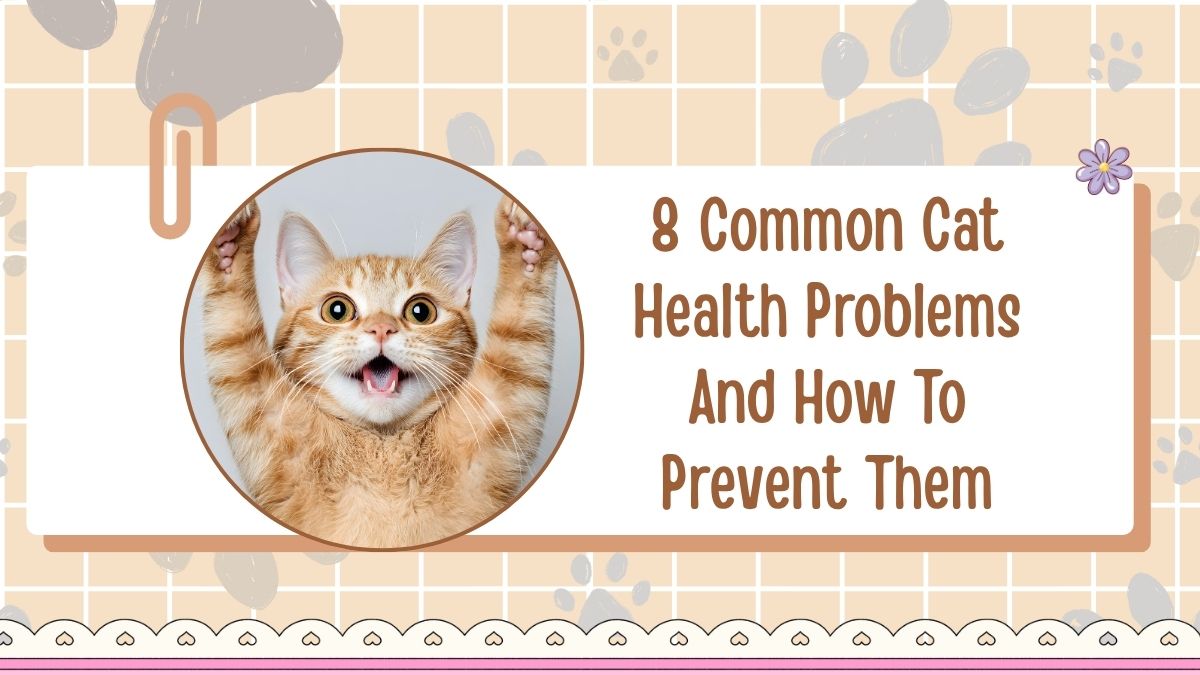Indoor cats live safer, longer lives than outdoor cats—but low activity puts them at elevated risk for obesity, diabetes, behavior issues, and joint disease.
The good news: short, structured daily play measurably improves weight control, mental wellbeing, and longevity.
Below you’ll find updated, evidence-based guidance on how much activity cats need, why it matters, and exactly how to build an indoor exercise routine your cat will actually enjoy.
How Much Exercise Do Indoor Cats Really Need?
Most veterinarians agree that the average adult cat needs roughly 20–30 minutes of purposeful activity daily.
You can break this into multiple short play bursts. Some pet health guides also recommend at least three five-minute high-intensity play sessions that mimic natural hunting (stalk-chase-pounce).
Kittens and athletic breeds may need more; seniors and cats with chronic disease should start slower. Always tailor the plan with your vet.
The Health Risks Of A Sedentary Indoor Life (And Why Exercise Fixes Them)
1) Obesity And Weight-Related Disease
Indoor life with free-choice food and minimal play is strongly linked to overweight and obesity in cats. Recent research continues to flag excess weight as a top feline health concern, with surveys and epidemiology papers reporting 30–60% of cats as overweight in various populations. Regular exercise improves energy expenditure, helps normalize appetite, and supports lean mass.
2) Diabetes Mellitus (DM)
Large population data show that about 1 in 250 cats in the UK live with diabetes annually, with obesity a major modifiable risk. Keeping your cat active—paired with controlled feeding—lowers adiposity, improves insulin sensitivity, and may reduce lifetime DM risk.
3) Osteoarthritis And Mobility Decline
Excess weight accelerates joint stress and can worsen osteoarthritis pain, making cats even less willing to move—creating a vicious cycle. Low-impact play (vertical climbing, short chase bursts on rugs) preserves range of motion and supports muscle that stabilizes joints.
4) Behavior Problems And Stress
Boredom drives over-grooming, vocalization, night zoomies, inter-cat tension, and house-soiling. Environmental and feeding enrichment—including exercise that mimics hunting—reduces stress hormones and channels energy into healthy play, improving the human–cat bond.
5) Cardiometabolic Fitness And Longevity
While cats aren’t joggers, frequent short bursts of anaerobic play improve body composition and overall fitness markers. Feline life-stage guidelines emphasize regular activity and enrichment across all ages to keep cats healthy longer.
What Counts As “Exercise” For A Cat?
Exercise for cats means natural hunting cycles: stalk → chase → pounce → grab → “kill” → eat → sleep. Build play around that rhythm using interactive wands, feather teasers, soft toss toys, laser pointers (finish with a tangible toy), and climbable vertical spaces like trees and shelves. Short, fun, predictable sessions beat one long workout.
Feeding Enrichment: Make Your Cat “Work” For Food
Turning meals into a mission boosts calorie burn and mental engagement:
- Puzzle feeders and foraging toys slow eating and stimulate problem-solving. Case series link their use to weight loss and better behavior, though some studies found no increase in raw activity—so pair puzzles with play.
- Multiple small “prey-sized” meals placed around the home encourage searching and movement before the reward.
Evidence-Based Daily Plan (All Indoors)
- Total daily target: 20–30 minutes of intentional activity, split into 3–6 mini-sessions.
- Session recipe (5 minutes):
- Stalk/tease (20–30 sec) → 2) Chase (10–15 sec) → 3) Catch/kill (10–15 sec) → 4) Reset (20–30 sec).
- Finish with a small high-protein treat or meal to complete the hunt cycle.
- Weekly structure: mix wand play (3–5×/wk), laser + tangible catch (1–2×/wk), fetch/kick toys (2–3×/wk), vertical climbs daily.
Set Up A Cat-Friendly Exercise Environment
The five pillars of a healthy feline environment help cats feel safe enough to play: provide safe places, separate key resources, allow play/predatory behavior, positive human-cat interactions, and consistent routine.
Translate that into: quiet play zones, multiple feeding spots, litter boxes away from play, scratching posts, window perches, and predictable play times.
Safety First: Exercise Modifications By Life Stage
- Kittens/Young Adults: High energy. Use wand toys, tunnels, and fetch. Keep sessions short to avoid overstimulation.
- Mature/Senior Cats: Favor low-impact verticals, puzzle feeders, and slower chases on carpet. Watch for pain signs (reluctance to jump, hiding).
- Cats With Chronic Disease/Obesity: Start with 2–3 minutes gentle wand play, increase by 30–60 seconds every few days. Combine with measured meals. Consult your vet for tailored limits.
Results You Can Expect (And When)
With consistent play and feeding enrichment:
- Weight trend: Expect 0.5–1% body weight loss per week on a vet-guided plan.
- Behavior: Notice better sleep at night, less pestering, and reduced inter-cat tension within 2–4 weeks.
- Fitness: Easier jumps and longer play stamina by 6–8 weeks.
These timelines align with how activity and enrichment shift energy balance and stress in cats.
Common Myths—Debunked
- “My cat zooms at 3 a.m., so they’re getting enough exercise.” Night zoomies often signal under-stimulated daytime—scheduled evening play reduces 3 a.m. chaos.
- “Laser pointers are perfect alone.” Always end laser sessions by letting your cat catch a real toy to avoid frustration.
- “Food puzzles make cats hyper.” Evidence suggests puzzles improve behavior and mealtime satisfaction; pair them with play for activity gains.
At-A-Glance: Exercise Targets, Risks, And Tools
| Topic | Updated, Vet-Aligned Guidance | Why It Matters | Practical Tools |
|---|---|---|---|
| Daily Exercise Target | 20–30 minutes/day, broken into short sessions | Maintains healthy weight and mental wellbeing | Wand toys, fetch, laser (end with toy) |
| High-Intensity Bursts | ≥3 sessions of ~5 minutes intense play | Mimics hunt cycles; boosts calorie burn | Timed play before meals |
| Obesity Risk | 30–60% of cats overweight in many groups | Raises DM, OA, and cardiac risk | Weigh monthly; body-condition scoring; regular play |
| Diabetes Prevalence | ~1 in 250 cats annually (UK data) | Obesity is a key modifiable driver | Exercise + controlled feeding; vet screening |
| Behavioral Health | Enrichment lowers stress, problem behaviors | Happier, safer indoor life | Five pillars setup; routine play slots |
| Feeding Enrichment | Puzzles aid weight & behavior; may not raise total activity alone | Complements exercise for results | Foraging mats, treat balls, scatter feeding |
| Life-Stage Fit | Plan changes from kitten to senior | Avoids overexertion and injury | Short, tailored, low-impact as cats age |
Step-By-Step: Build A 7-Day Indoor Cat Exercise Routine
Daily (AM & PM):
- 5-minute wand chase (stalk → chase → pounce; 3–5 repeats).
- 2-minute climb circuit (tree/shelves or sofa steps).
- 1–2 minutes of food foraging or scatter feeding immediately after play.
Every Other Day:
- Laser sprint (60–90 seconds) then catch a toy for closure.
- Puzzle feeder meal for dinner to extend activity.
Weekend “Adventure”:
- New toy rotation (rope snake, kick pillow).
- Scent enrichment (safe catnip/silvervine) before a longer 7–8 minute session.
- Skill game (target touch or fetch) for mental work.
Track body weight, waist tuck, and play willingness weekly. If weight loss stalls, shorten meals slightly (with your vet) and add one extra 3-minute play block.
Troubleshooting: Getting Reluctant Cats To Play
- Shy or anxious cats: Start with low-arousal toys (slow “bug” wand), dim lights, and play in a quiet room. Keep sessions 90–120 seconds and end on success.
- Food-motivated cats: Reserve 10–15% of daily calories for post-play treat rewards or puzzle feeders.
- Multi-cat homes: Provide separate resources and one-on-one play to reduce competition and stress.
- Arthritic or overweight cats: Favor horizontal play on carpet, gentle climbs, and very short chases. Increase duration gradually.
When To Talk To Your Veterinarian
Before starting energetic play, consult your vet if your cat has respiratory disease, heart disease, severe obesity, or mobility pain. Use your annual visit to refine exercise targets, diet, and enrichment, aligned with feline life-stage guidelines.
For indoor cats, exercise is healthcare. Just 20–30 minutes of intentional daily play, paired with feeding enrichment and a cat-friendly environment, can help prevent obesity, diabetes, joint disease, and behavior problems—and makes home life calmer and more fun.
Start small, be consistent, and build a routine your cat looks forward to every day. Your reward is a leaner, happier, longer-lived feline friend.
FAQs
Yes, but interactive play drives more intense chase/pounce bursts and better calorie burn. Aim for structured sessions daily and let solo play supplement the total.
Yes—if you finish with a real toy your cat can physically catch and bite. That “win” prevents frustration and completes the hunt sequence.
No. They support weight control and behavior, but you’ll get the best results by combining puzzles with interactive play.




